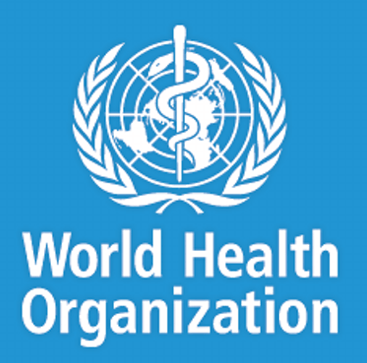Donors pledge $15m to WHO to tackle emergencies
 Donors have pledged an additional $15.3 million to support the World Health Organisation (WHO) to tackle disease outbreak and humanitarian health crises through its Contingency Fund for Emergencies (CFE), this year.
Donors have pledged an additional $15.3 million to support the World Health Organisation (WHO) to tackle disease outbreak and humanitarian health crises through its Contingency Fund for Emergencies (CFE), this year.
The donors include Canada, Denmark, Estonia, Germany, the Republic of Korea, Kuwait, Luxembourg, Malta, Netherlands, Norway, and the United Kingdom.
They announced contributions ranging from $20,000 to 5.6 million dollars at a conference hosted at WHO Headquarters in Geneva, Switzerland, which will increase CFE funding to $23 million.
A release copied to the Ghana News Agency on Friday said this would enable the rapid financing of health response operations in the coming months.
WHO would seek to secure further donor commitments to achieve its 100 million dollar funding target for 2018 and 2019.
The release said first-time pledges were made by Denmark, Kuwait, Luxembourg, Malta and Norway.
The UK has increased its overall commitment to the fund from $10.5 million to $16 million making it the second largest donor after Germany.
Alistair Burt, UK Minister of State for International Development,was quoted as saying; “For the UK, the CFE is an extraordinarily good investment. We are convinced it has a vital and unique role to play in the global effort to prevent and mitigate health emergencies.”
“Today we pledge an additional £4 million ($5.6 million) for the Contingency Fund and pledge to work with WHO to profile to a wider audience the huge value it brings. The G7 and the G20 share the UK’s desire for an adequately funded CFE.”
“We urge our fellow Member States and donors to heed WHO’s call and step forward to provide financial support for the Contingency Fund for Emergencies.”
The CFE’s ability to release funds within 24 hours sets it apart from complementary financing mechanisms that have different funding criteria and slower disbursement cycles. While other funding mechanisms allow for the scale up of response operations, none are designed to deliver an immediate and early response.
The CFE has demonstrated that a small investment can save lives and dramatically reduce the direct costs of controlling outbreaks and responding to emergencies.
“Without the CFE, recent outbreaks of Ebola in DRC, Marburg virus disease in Uganda and pneumonic plague in Madagascar could have gotten out of control. By acting decisively and quickly, we can stop disease outbreaks and save thousands of lives for a fraction of the cost of a late response. The CFE has proven its value as a global public good that should be underwritten by long term investment,”Dr Peter Salama, the WHO Deputy Director General for Emergency Preparedness and Response, was quoted as saying.
Since 2015, the CFE has enabled WHO, national authorities and health partners to get quick starts on more than 50 disease outbreaks, humanitarian crises and natural disasters, allocating more than 46 million dollars, the release said.
It has supported the rapid deployment of experts; better disease detection and reporting; the delivery of essential medicines, supplies and personal protective equipment; the strengthening of surveillance and vaccination; improved access to water, sanitation and health services; community engagement and more, it said.
It called for increased support for the CFE, saying it was instrumental to containing an unprecedented outbreak of pneumonic plague that rapidly spread across Madagascar in 2017.
“We call on our international partners to support the Contingency Fund for Emergencies to enable WHO to respond to outbreaks everywhere across the world, and to reinforce national capacities to manage health emergencies in the future,” the release quoted Madagascar’s Health Minister, Dr Lalatiana Andriamanarivo, as saying.
In 2017, the CFE provided nearly $21 million for operation in 23 countries, with most allocations released within 24 hours. Over half (56%) of allocations funded responses in the WHO Africa Region, with 28 percent going to responses in countries in the WHO Eastern Mediterranean Region and 11percent to the South East Asia Region.
Source: GNA
